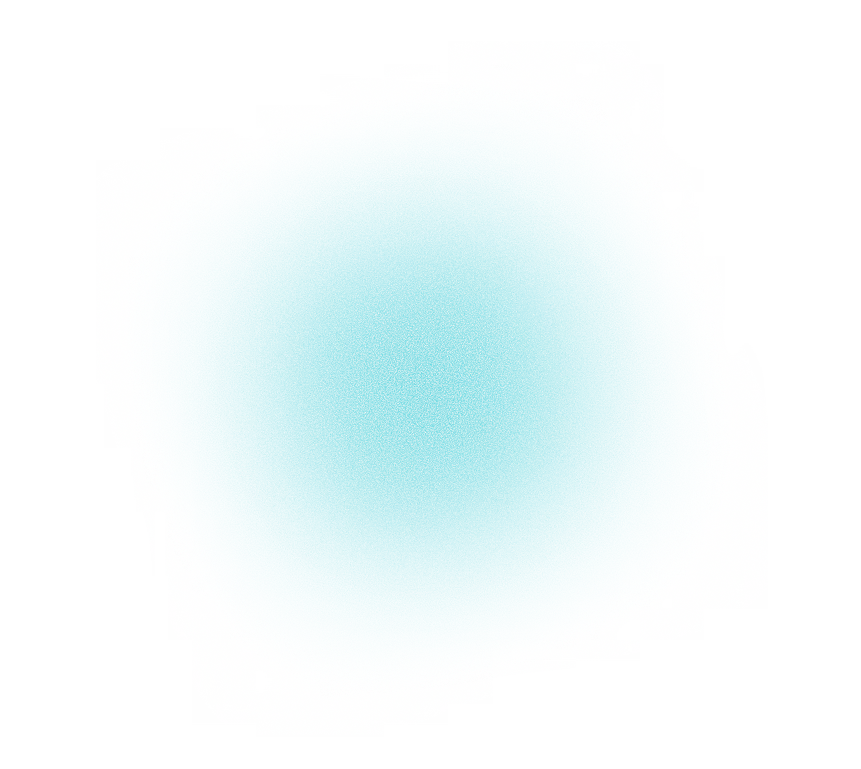Real-World Evidence to Support Your Research Throughout the Drug Development Lifecycle
While the benefits of real-world data/real-world evidence (RWD/RWE) in the peri- and post-authorization phases of a drug are widely covered, the potential RWE has to offer in the earlier phases of drug development is less known.
Below we deep dive into the various phases of drug development and explore the varying roles RWE can play in each phase.
RWE in the discovery and preclinical phase
The role RWE plays in this phase is often limited and underestimated, yet it can help in the disease understanding and target population identification.
• RWE can help to refine the target patient cohorts that are more likely to respond to treatment, so drug development strategies can be optimized.
• RWE can serve to better understand disease epidemiology, providing valuable insights into disease prevalence, progression, and gaps in existing treatments. It can help researchers in selecting appropriate therapeutic targets and identifying unmet medical needs of the patient population.
Example: RWE can reveal differences in cancer care across different demographic groups, geographical regions, or socioeconomic backgrounds. By better understanding the underlying factors contributing to the observed disparities, efforts can be done to address these gaps.
RWE in the clinical development phases
RWE can complement data from traditional randomized clinical trials (RCTs), providing additional insights that are often difficult to obtain from controlled environments.
• RWD can contribute to a better understanding of the standard of care delivery in routine clinical practice. Through RWE, the clinical trials design and feasibility and consequently the patient selection and recruitment can be enhanced.
- With eligibility criteria for clinical trials being at times very strict, it can lead to the underrepresentation of certain patient populations. By analyzing RWE sources such as electronic health records, researchers can select potential study participants based on specific criteria.
- RWE could be used in phase III clinical trials as a complimentary source of information on how to shape the trial population. This could potentially result in a reduction the sample size, leading to substantial time savings and costs.
Example: In the early development phase of a cardiovascular drug, RWE can provide insights into the demographics of patients with the targeted cardiovascular condition, such as age range, gender distribution, comorbidities, and other relevant characteristics of the patient population. This information can help in designing inclusion and exclusion criteria for clinical trials that reflect the real-world population and improves the external validity of the trial.
RWE in the peri-and post-approval phases
During these stages, RWE plays a vital role in assessing safety, effectiveness, pharmacovigilance, drug utilization, and health economics. It contributes to market access, reimbursement decisions, and long-term follow-up studies.
• Real-world data can serve as a valuable addition to clinical trial data in regulatory submissions by offering additional evidence of the drug's effectiveness and safety. Particularly in labeling discussions, RWE can provide insights into indications, dosing recommendations, and potential contraindications by drawing upon real-world usage patterns and patient outcomes.
• RWE can be valuable in health economic evaluations, helping to assess the real-world cost-effectiveness and budget impact of the drug. Additional information on resource utilization, healthcare utilization, and patient outcomes can help to make more informed decisions in economic modeling and reimbursement.
• By integrating the findings from randomized controlled trials (RCTs) with real-world evidence (RWE), the submission phase to payers can be accelerated, resulting in a streamlined process for generating initial pricing scenarios that are both efficient and accurate.
• RWE in post-authorization studies enhances our understanding of how drugs perform in real-world settings giving more clarity on the drug's long-term safety, effectiveness, and impact on patient outcomes. By leveraging real-world data, such as electronic health records, claims data, and disease registries, post-authorization studies can capture a broader and more diverse patient population, including those who may have been excluded from clinical trials. In addition, RWE can help to identify and characterize (rare) adverse events, evaluate long-term safety profiles, and inform risk-benefit assessments.
Example: Through studying patient responses to immune checkpoint inhibitors, RWE informs long-term safety, efficacy (effectiveness), and optimal usage of an immune therapy.
Example: RWE can offer valuable insights into cancer treatment patterns and outcomes for populations often excluded from clinical trials because of ethical concerns, such as children and pregnant women.
Example: Patients often receive combinations of treatments where the effectiveness, safety and outcome can vary significantly from one single treatment. RWE can provide more intel on these combinations, which is often under- or even unaddressed in clinical trials.
RWE to advance research
In conclusion, real-world evidence (RWE) offers significant value throughout the drug development life cycle, from early discovery to trial design and post-marketing surveillance. Although real-world data can never replace clinical trial data, and should always be seen as an additional source of information, it is clear that both are needed throughout the various stages of drug development.
By incorporating RWE, drug developers can move towards a more personalized and precise approach by leveraging insights into disease understanding, target identification, patient characteristics, and treatment patterns. Ultimately, the integration of RWE in the drug development process holds great promise in improving patient outcomes, optimizing treatments, and advancing the field of healthcare.
[1] Eskola,S.M., Leufkens, H.G.M., Bate, A., De Bruin, M.L. and Gardarsdottir, H. (2022),Use of Real-World Data and Evidence in Drug Development of Medicinal ProductsCentrally Authorized in Europe in 2018–2019. Clin. Pharmacol. Ther., 111:310-320. https://doi.org/10.1002/cpt.2462



